How to adapt your distribution ERP to millennial buyers' needs
There are about 80 million millennial people in the US alone.* These were born between 1980 and 2000 and the younger ages are yet to reach their spending potentials. By 2020, this cohort will account for $1.4 trillion in annual spending. Their needs and shopping habits should be known and used to plan our distribution businesses.
Return options
More than half of millennials look for the cheapest return options when placing orders. Distributors could take advantage of this desire by developing excellent return processes that are simple to the customers and provide them with low cost.
The design of those processes will be up to each distributor and the processes stored in their ERP. The options could include a return authorization for nearly any reason and the distributor could absorb the cost by providing no-cost return labels to the customer. Other distributors might collaborate with 3PL businesses and use their expertise in return logistics.
Touch it, smell it, pick it up
Despite popular perception, millennials do want to use brick and mortar stores and do not want to rely on a photo on a website for many purchases. A distributor could partner with store customers and provide speedy deliveries of exact style, size, and color products. A store would not need to keep every option in their stock. The distributor could set up daily routes to stores providing the store with the ability to satisfy customers that day when a purchase is made before a cut-off time. The distribution ERP would have that “ship via” available on orders from customer stores in addition to parcel delivery and other methods.
Loyalty is here to stay
Millennials have a great deal of loyalty when they feel they have been treated right. A distributor selling directly to user customers would tailor their storefront software to be extremely easy to use and fast. Then they tightly integrate the storefront system with ERP so that orders can be fulfilled with speed and efficiency ensuring the customer is quickly satisfied. Millennials’ loyalty should be captured in the CRM component of ERP.
The CRM system might offer discounts based on order volume or other factors to deserving customers. The system could also suggest items based on previous orders and items related to the customer’s search patterns.
Millennials are looking for a seamless online experience
Whether a distributor sells directly or through retail stores, the millennial customer wants a seamless experience. Develop ways to have a single conversation with customers. The conversation continues whether on a computer, a smart phone, or in person. When there are third party retailers in the chain, work with them to maintain that single conversation. Integrate merchandising and marketing. Price is only one consideration for a millennial customer.
Millennials are transforming both their own shopping habits and their parents’. Distributors and the way they use distribution ERP must stay aligned with customers and their shopping styles.
*Data in this article was sourced from Accenture’s report Who are the millennial shoppers and what do they really want?
Free white paper
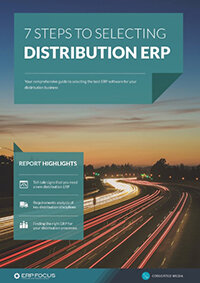
7 steps to selecting distribution ERP
Get expert advice on distribution ERP selection and requirements analysis
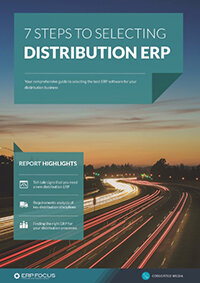
Featured white papers
-
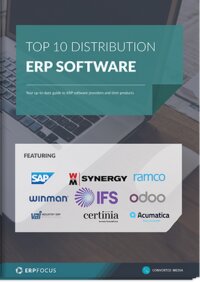
Top 10 Distribution Software Comparison
Compare the best distribution ERP systems available today
Download -
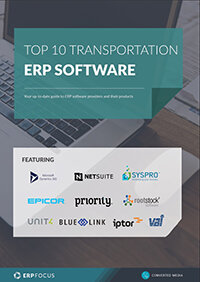
Top 10 Transportation ERP Software Comparison
Get your free comparison of the top 10 transportation ERPs
Download -

7 steps to selecting distribution ERP
Get expert advice on distribution ERP selection and requirements analysis
Download
Related articles
-

ERP & Logistics: Optimizing the Supply Chain
Read about the steps you can take to optimize your supply chain through ERP software logistics ma...
-

CMMC Compliance: What Aerospace and Defense Manufacturers Need to Know
Key insights on CMMC compliance, deadlines, and securing DoD contracts with CMMC 2.0 certificatio...
-
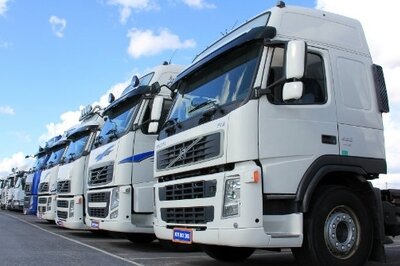
A complete introduction to using ERP for fleet management
Your ERP can be a brilliant fleet management tool if you use it correctly. Learn how with this in...

